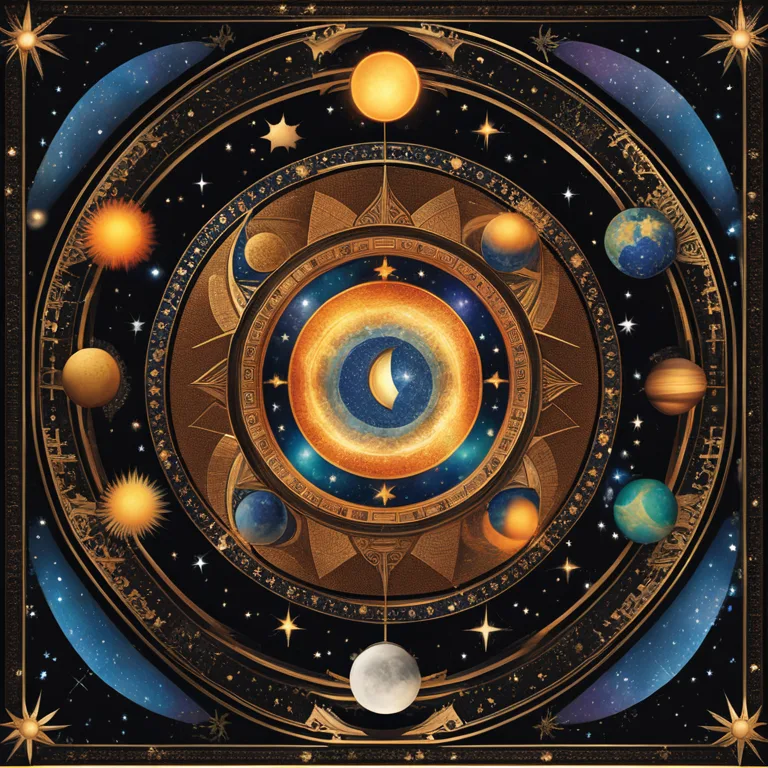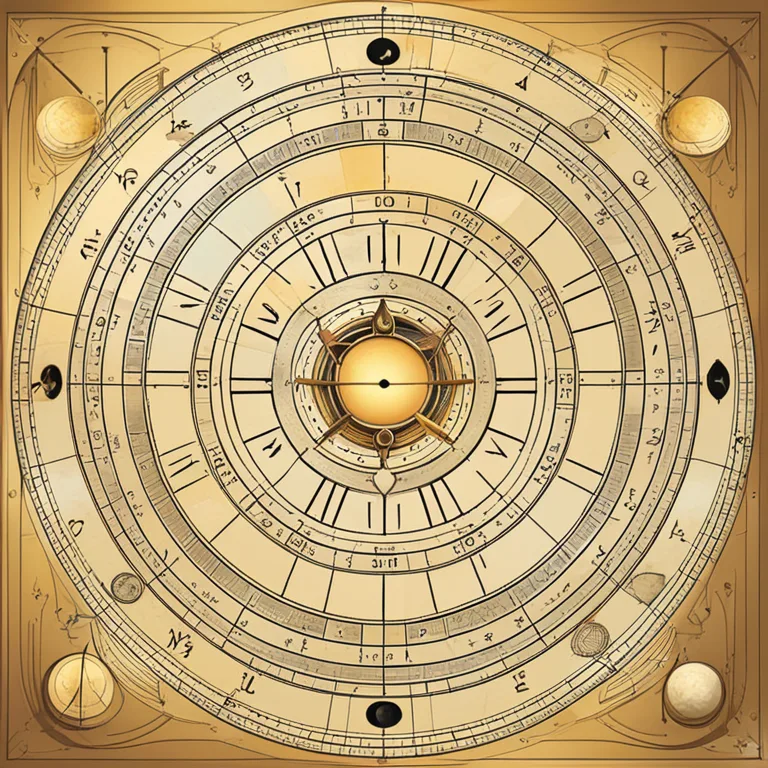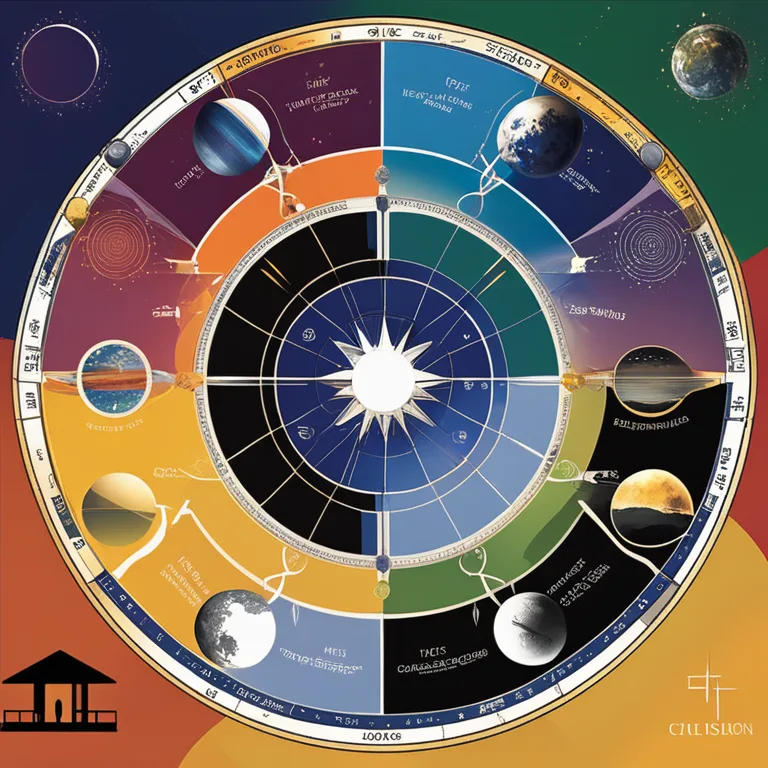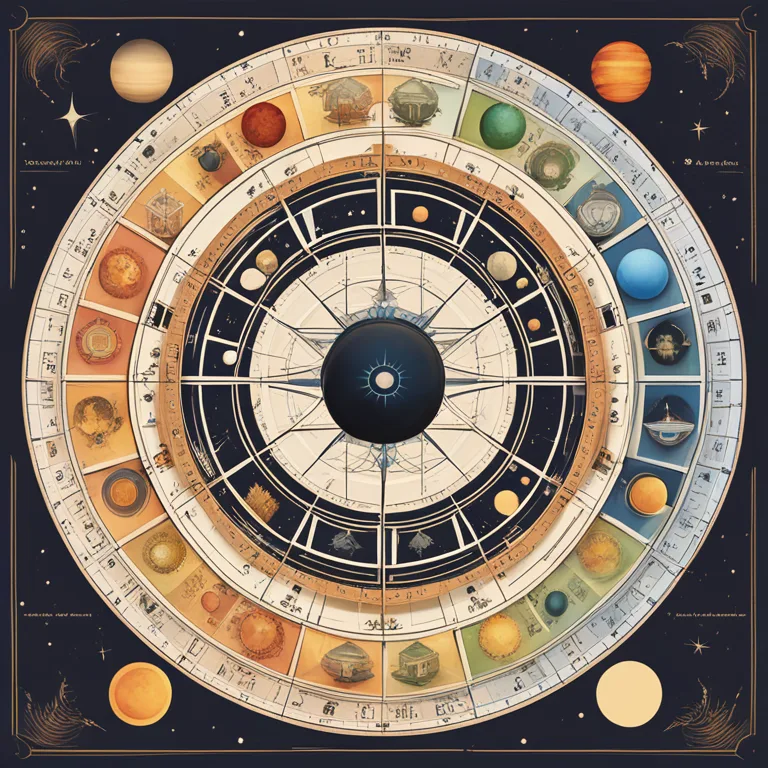
Natal Chart Queries: Insights into Your Cosmic Blueprint
Dive into the mysteries of your birth chart with key questions that reveal your personal astrology, shaping understanding of your path and potential.
article by Priya Deshmukh
Introduction to Natal Charts
Astrology provides a wide lens through which we can view the events and characteristics that define our lives, and one of its fundamental tools is the natal chart. A natal chart, also known as a birth chart, is essentially a cosmic snapshot of the sky at the moment of one's birth. It maps out the positions of the planets and other celestial bodies, serving as an astrological blueprint that can guide you through life's myriad complexities. Professional astrologers analyze these charts to answer profound personal questions, offering insights into character traits, life challenges, and opportunities.

Natal Chart Key Components
To understand the significance of a natal chart, it is essential to become familiar with its core components. The chart features the Sun, Moon, and planets, each residing in one of the twelve zodiac signs and houses, forming unique angles known as aspects. The sign on the eastern horizon during your birth, called the Ascendant or Rising Sign, sets the tone for your self-representation and approach to life. Fascination with this celestial diagram stems from its potential to reveal the intricacies of one's personality and destiny.

Personal Insights through Planetary Positions
Your curiosity might lead you to ask how the specific placements of celestial bodies at your birth time influence your life. For instance, the Sun's position highlights your core being, your identity, ego, and life force. The Moon reveals your emotional inner world and instinctual responses. Planets such as Mercury, Venus, and Mars govern communication, love and pleasure, and assertiveness respectively. By examining these placements, an astrologer can provide clarity on personal tendencies, strengths, and weaknesses.

The Houses and Life Spheres
Each of the twelve houses in your natal chart corresponds to different areas of your life. They range from self (first house), possessions (second house), communication (third house), to career (tenth house), friendships (eleventh house), and the subconscious (twelfth house). Through the house positions of planets, you can gain insight into which facets of your life certain planetary energies will primarily manifest, helping you anticipate where your biggest life lessons or successes may unfold.

Understanding Aspects and Interplanetary Dynamics
Aspects are another critical element in natal chart analysis, indicating the angles formed between planets. They can be harmonious or challenging, such as the easy flow of a trine, the growth-oriented square, or the communicative opposition. Understanding these connections enables you to comprehend the synergy or tension between different parts of your psyche and life events, aiding in personal growth and the navigation of life cycles.
Forecasting with Transits and Progressions
Looking ahead to 2024 and beyond, transits and progressions from one’s natal chart can be exceptionally revealing. As planets continue their celestial paths, they form new interactions with your birth chart's positions, triggering various potential life experiences. Predictive astrology delves into these moving parts to project your personal evolution, marking periods of transformation, challenge, or stability. An astrologer can map out these periods, offering a personalized forecast based on the ever-changing cosmic climate.
Published: 12/27/2023
Modified: 12/27/2023
More predictions
Come back here soon to learn more about yourself and your future


The Essence of Your Birth Chart: A Guide to Celestial Insights
Delve into the intricate world of astrology through your birth chart – a personalized map revealing the cosmic influences at your time of birth.


Your Birth Chart in Astrology: A Cosmic Blueprint
Delve into the stars with our guide to understanding your astrological birth chart—a mirror to your potential and path.


Birth Chart Soulmate Connections
Explore the celestial influences that could guide you to your soulmate through the insights of birth chart analysis in astrology.